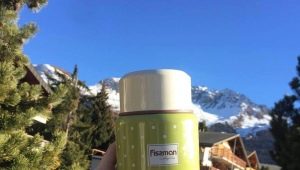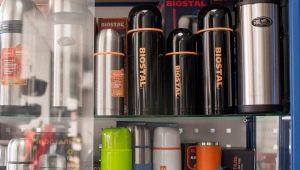Spare parts for a thermos: what are they and how to choose?
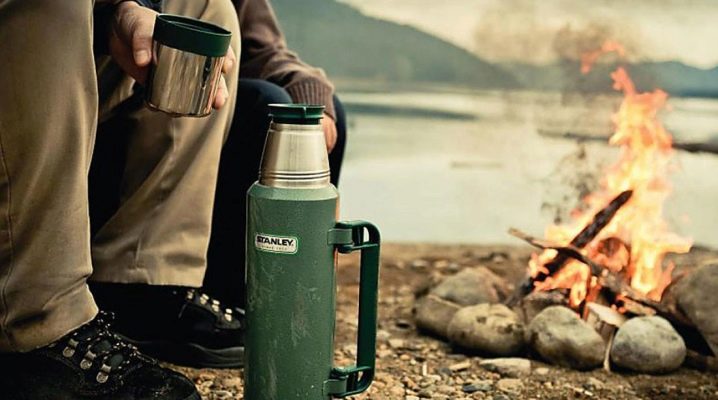
The choice of spare parts for a thermos depends on its purpose and model. Many details and their parameters play an important role in the efficiency of the device. Some components are present in one and absent in the other modification. If this is a simple thermos model, then it can differ significantly from the universal one in many characteristics, and hence the difference in the device. That's why replacement of elements, for example, in a thermos equipped with a “samovar” tap, and a thermos jug requires a different approach.
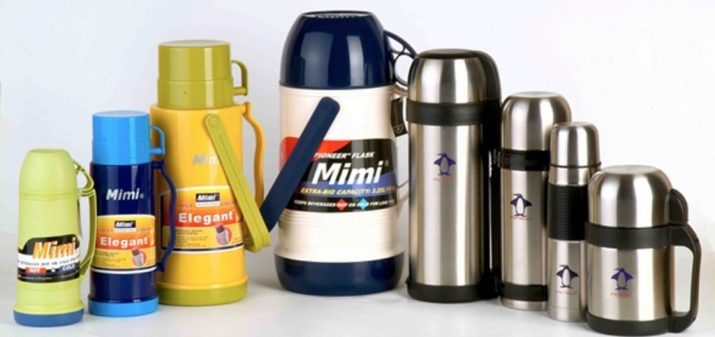
Types of modern thermoses
The range of these products by type is not too large, but it provides significant differences between different models.
- For metal compact modifications characterized by the presence of a glass. They fit easily into a bag or backpack. It is not difficult to guess that they are most suitable for hiking in nature.
- Thermoses that have lid with buttonare usually large in size. You can take them with you when traveling by car. Many people do this, because these models keep warm or, conversely, cool for a long time.
- There are thermoses universal type with wide mouth for storing different products, equipped with a double stopper, a folding handle and a lid that transforms into a cup. Their operation is possible in different conditions.
- Plastic thermoses divided into 3 compartments with a volume of 0.4 to 0.7 liters for three types of products. The main advantages are high heat resistance, tightness and lightness. True, plastic is not the best material for storing food.
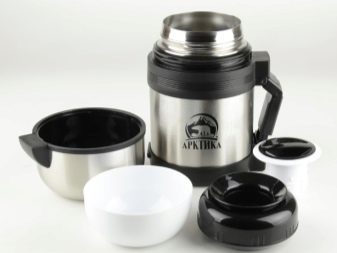
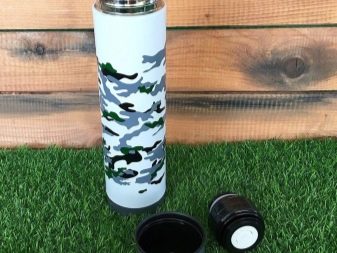
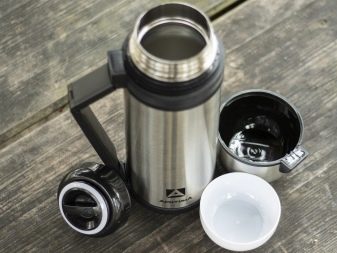

Conventionally, these products can be divided into thermoses for drinks, food, as well as thermo mugs and universal devices. Their volume is small - up to 1 liter, medium - no more than 2 liters, large - 3-4 liters. More capacious models - from 4 to 40 liters belong to the category of thermal containers. For different needs, you can always choose one of these options.
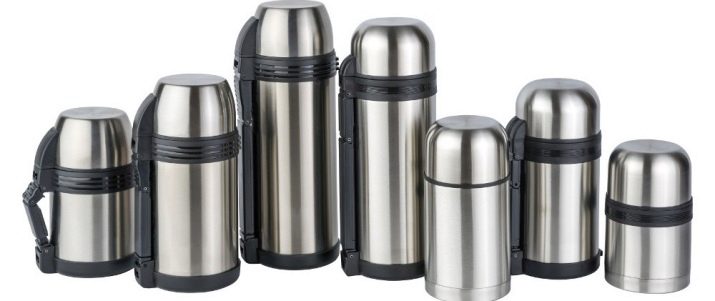
Internal organization
The main components of a household appliance are a container and a flask placed in it. Between their walls there is a vacuum space that eliminates the process of heat conduction. However, an inert monatomic gas can be used instead. Different models differ markedly in functionality, maintaining heat with varying degrees of efficiency. Basically it depends on what material the flask is made of. It turns out that the flask is the main element of the design, so it is this circumstance that you should pay attention to when choosing a device.
- Steel flask durable, holds temperature well, but too heavy. In addition, it is poorly washed, and if it is ordinary steel, it is subject to corrosion.
- glass flask - a rather fragile part, but it is easy to clean and is optimal for storing food, preserving their freshness and quality. But due to the fragility of the flask, such a thermos cannot be taken on a long hike or journey without the risk of being left without food or drink.
- plastic flask very light, but, perhaps, this is the limit of its merits.This material quickly absorbs any unwanted odors, which are often difficult to eliminate.
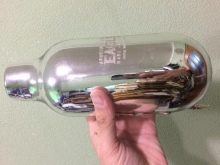

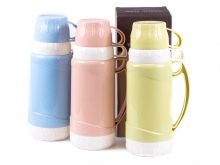
The body contains other parts of the thermos, the serviceability of which is important for its functionality. We list them for information.
- Lid - it is fixed to the neck of the device with the help of grooves and protrusions without auxiliary fasteners. In a thermoglass, it can communicate with the interior of the flask.
- Cork with thermal insulation made of elastic material - it is not attached in any way, but is held due to friction force. Sometimes it is supplemented with a button in modifications with a pomp.
- Silicone o-ring - located between the walls of the container and the neck, prevents leakage of liquid.
- Walls (external and internal)are usually made from stainless steel.
- Internal and external surfaces covered with a special layer to reflect heat and safe contact with products. The vacuum space is located exactly between them.
- At the bottom of the thermos is an absorbent that removes residual air particles in a vacuum space.

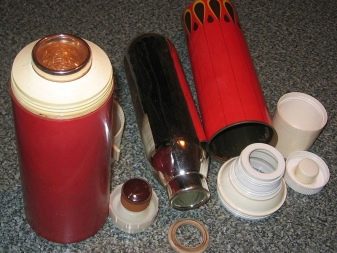
A common malfunction that occurs during the operation of a thermos is leakage. This is due to a decrease in the tightness of the worn gasket. For this you will have to replace the o-ring with a new part.
Choosing the right cuff should not be difficult - you just need to know the exact model of the thermos and correctly name it to the seller of the specialized store.
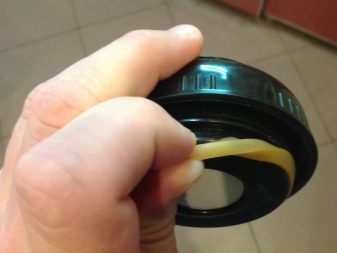
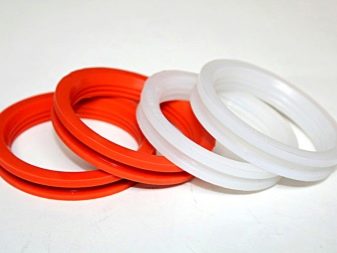
Helpful Hints
To prevent equipment breakdowns in the future, you need to check the quality of the selected model, and before purchasing it, it is important to inspect the device and its components.
- It is necessary to shake the thermos and make sure that the device does not emit extraneous noises - they may indicate an unreliable fixation of the flask or its breakage.
- It does not hurt to open the lid and stopper - any unnatural or repulsive smell is the result of poor quality material.
- It is necessary to find out if there are any gaps between the walls of the housing and the plug, which can cause poor sealing.
- It is also worth checking the seal, which must be correctly installed and match the dimensions. Otherwise, the liquid will overflow.
- It is good if an elastic band for depreciation is installed at the top and bottom of the device. But since it is impossible to independently investigate the presence of a gasket, you should study the technical documentation for the thermos.
- It will not be superfluous to find a mark for compliance with quality standards, as well as find out the duration of active operation of the device (from 6 to 8 hours).

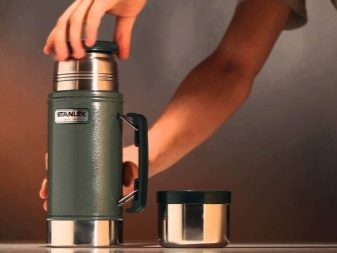
All these points are very important if you want to buy a really high-quality thermos and not waste time repairing it. And although it is not so difficult to get new parts for replacement, it will be better for the thermos to work as long as possible without breakdowns.
See the next video for thermoses.






















